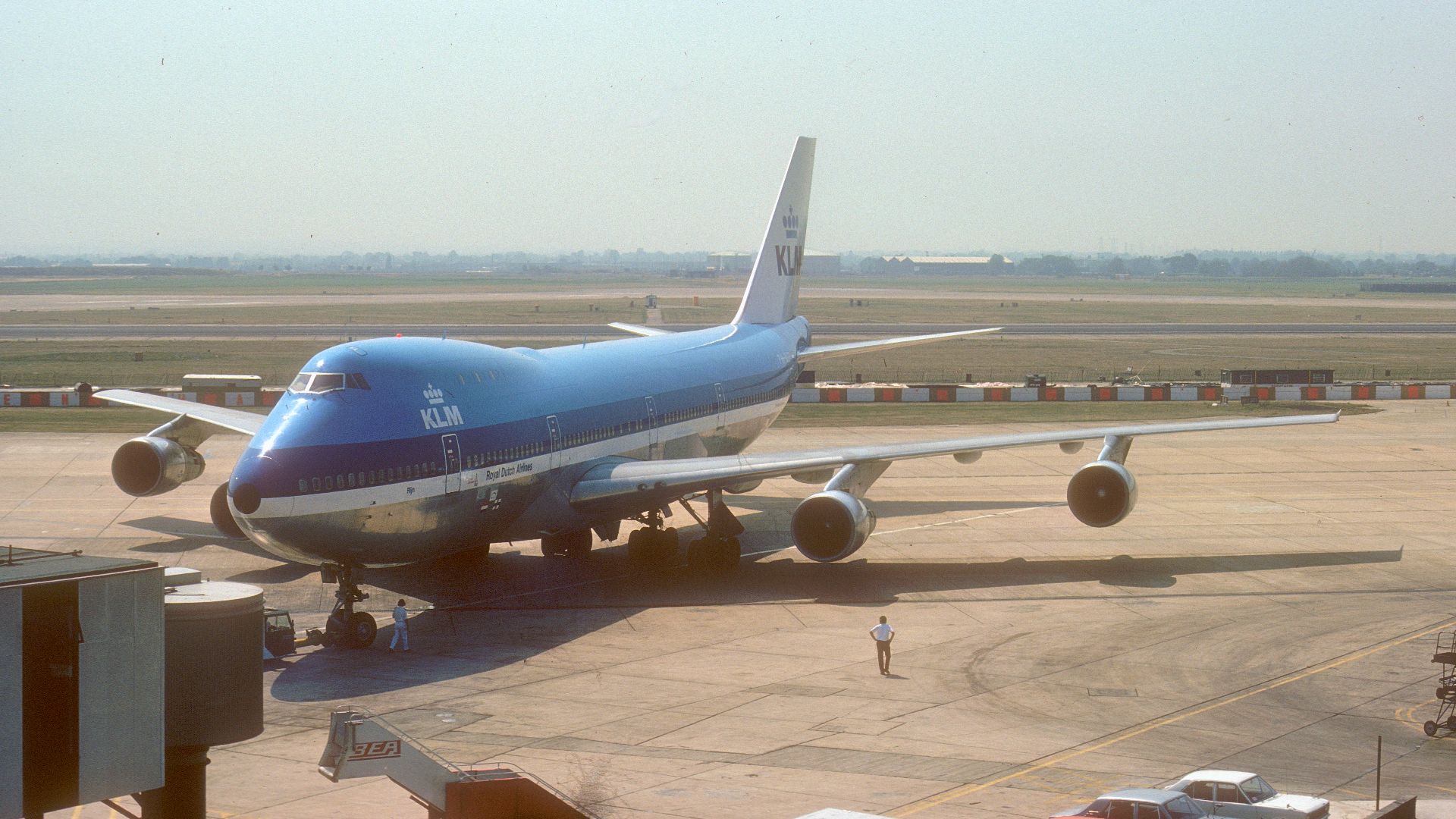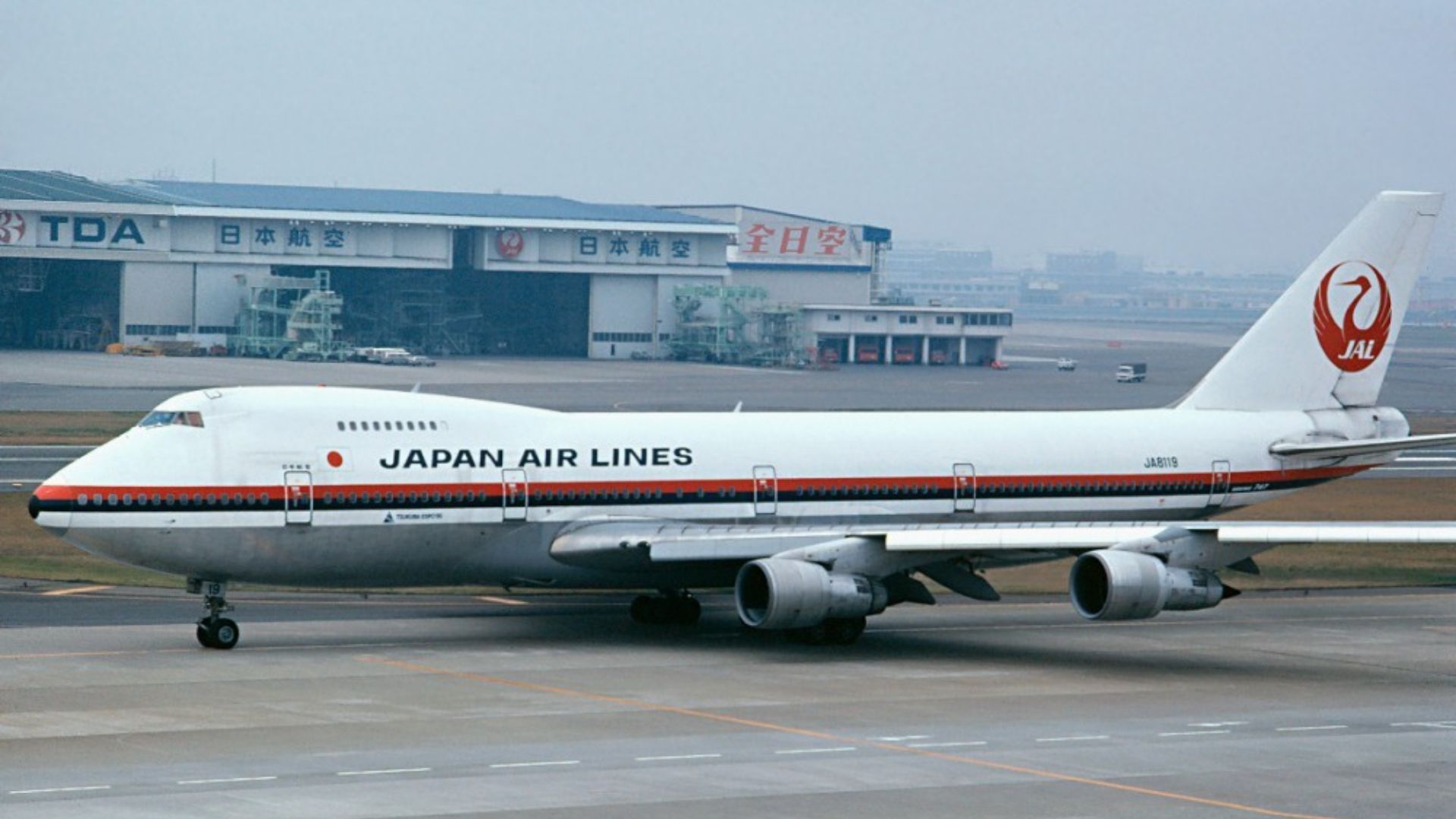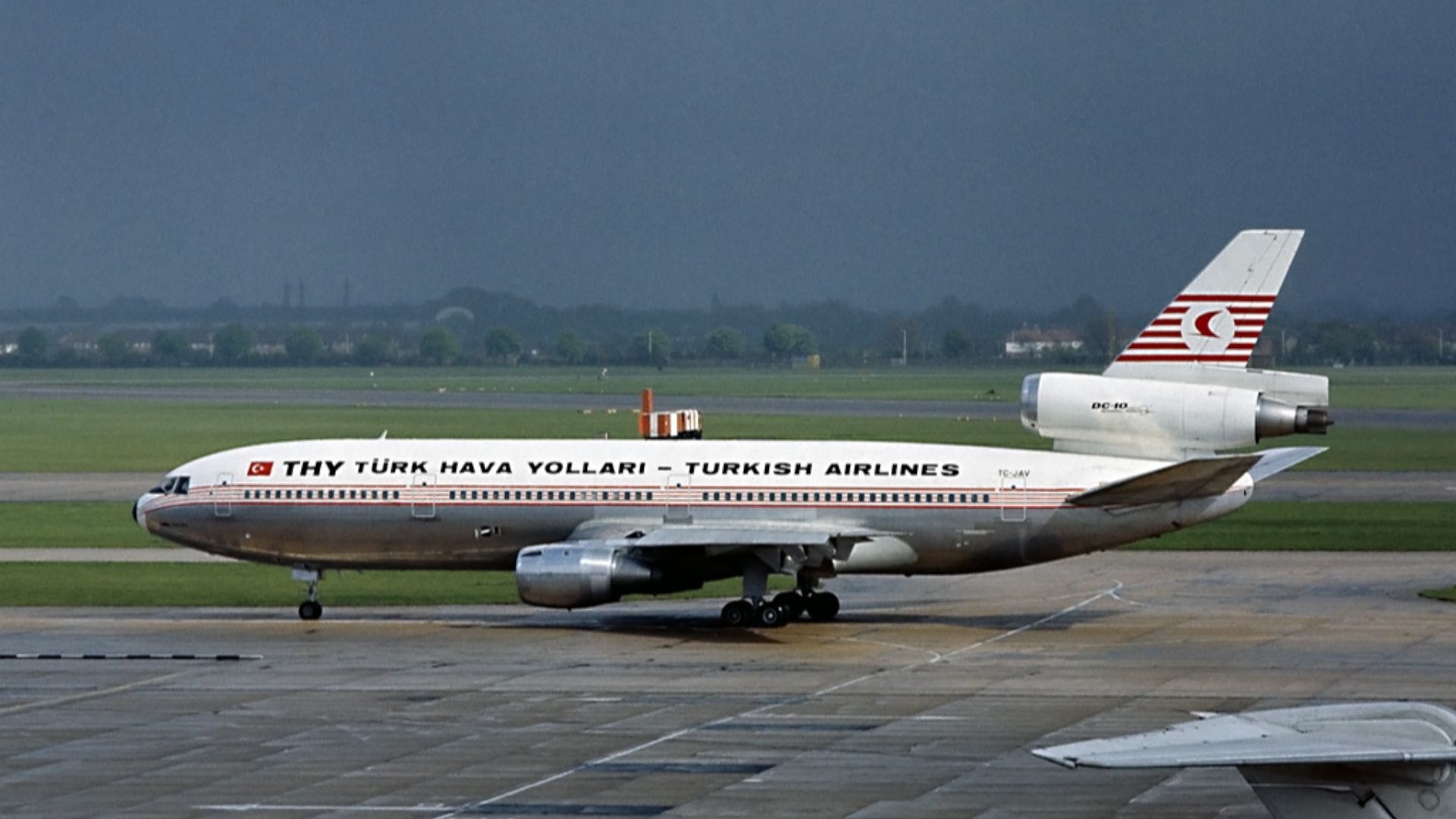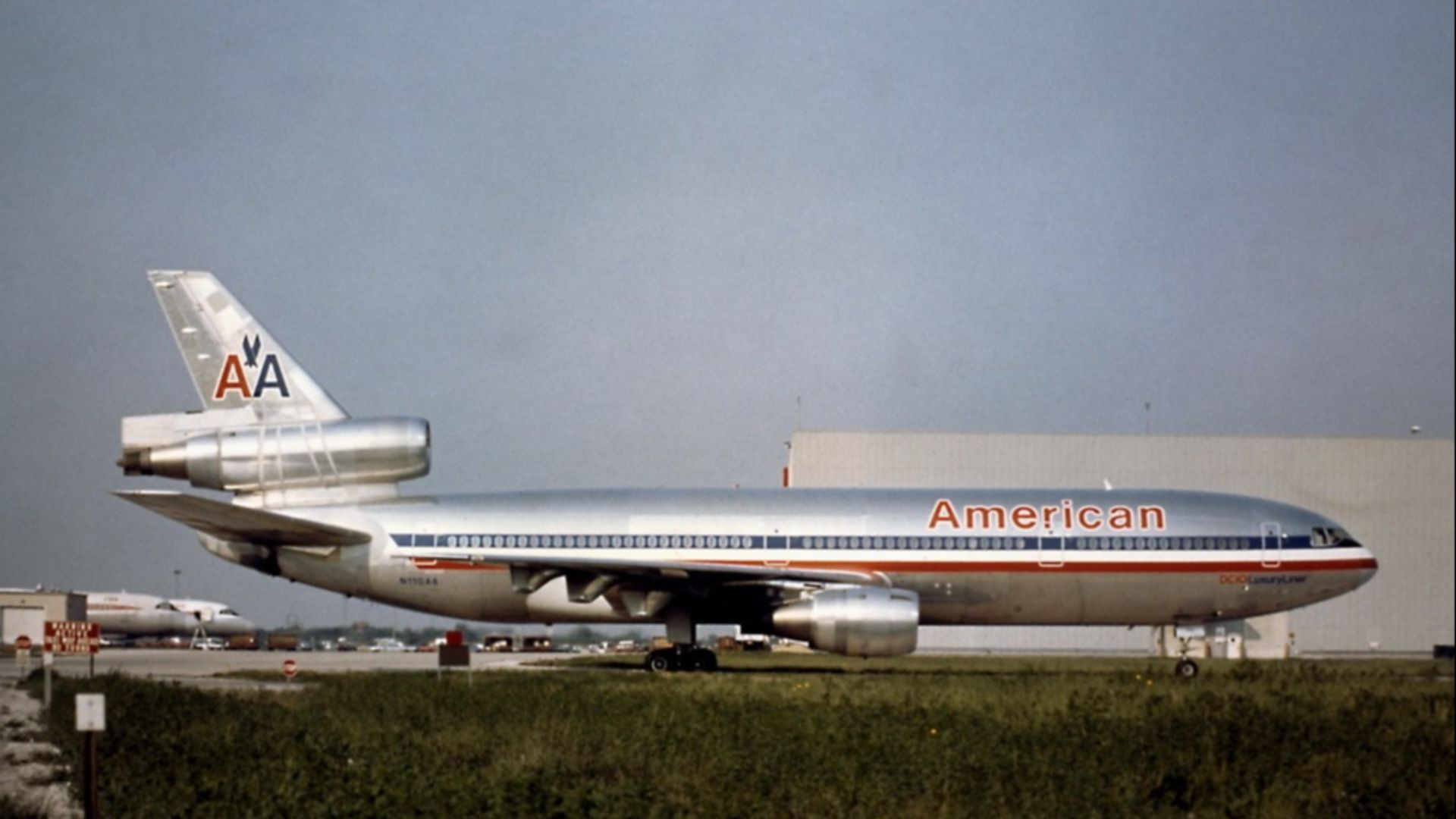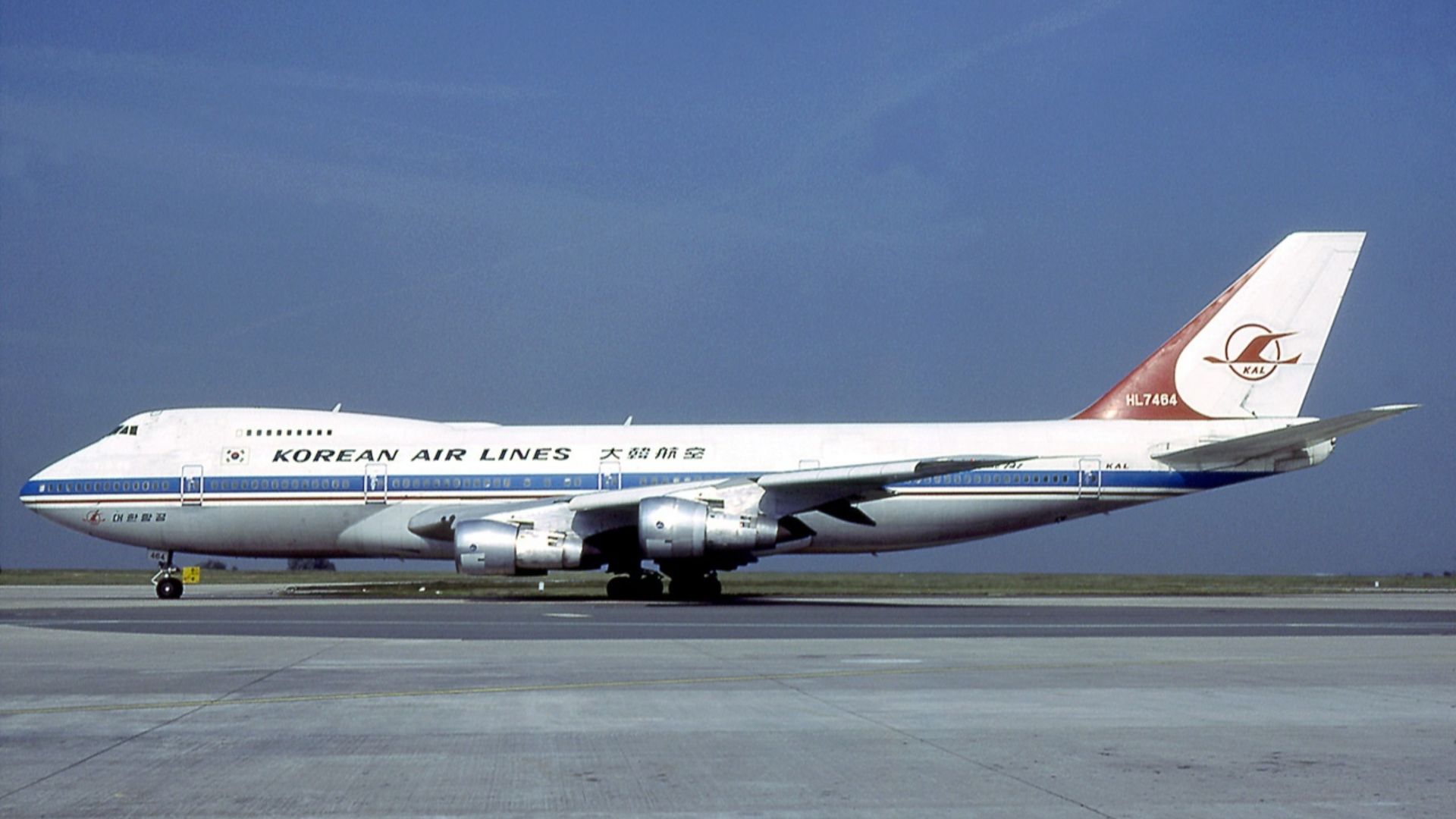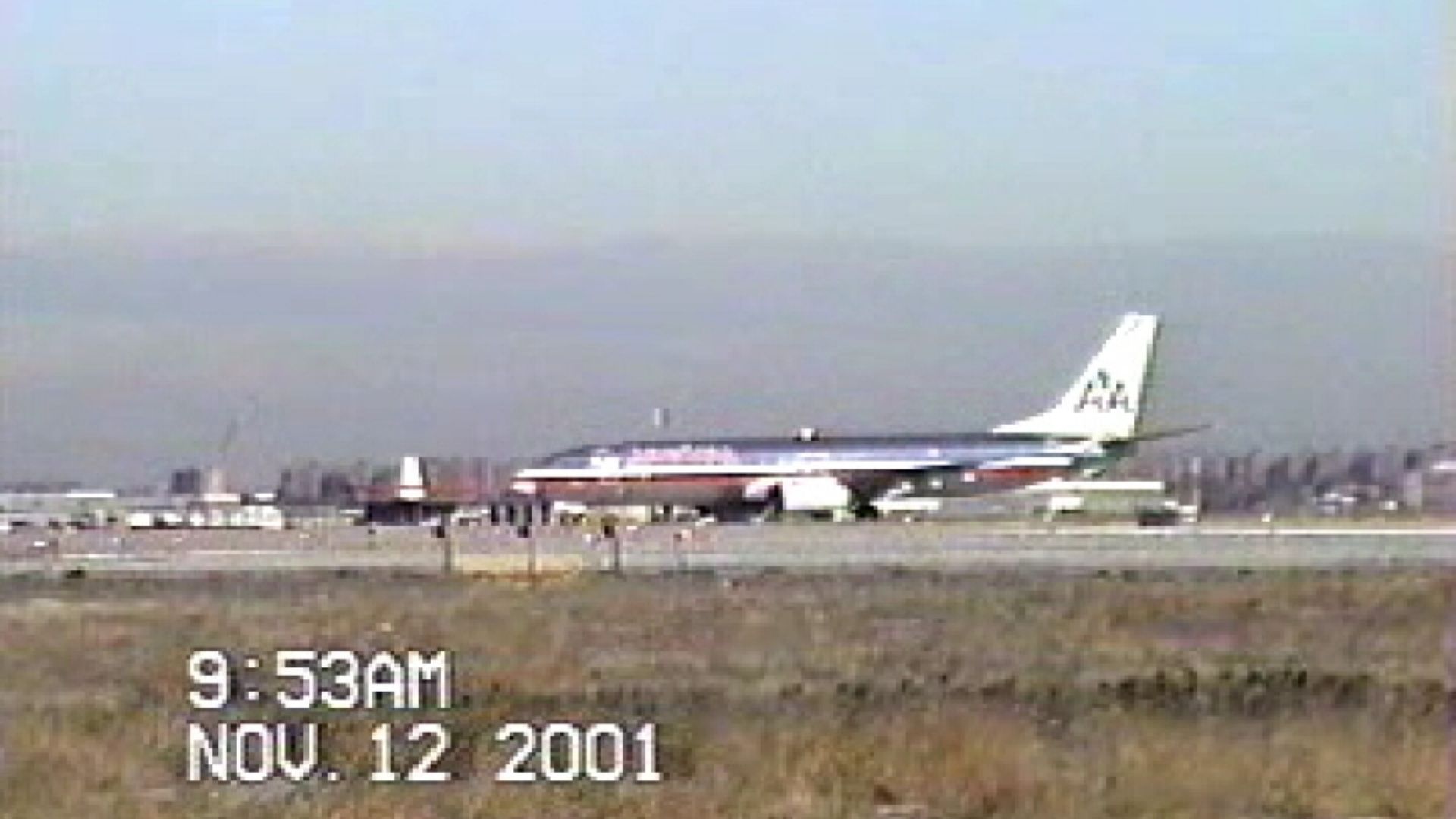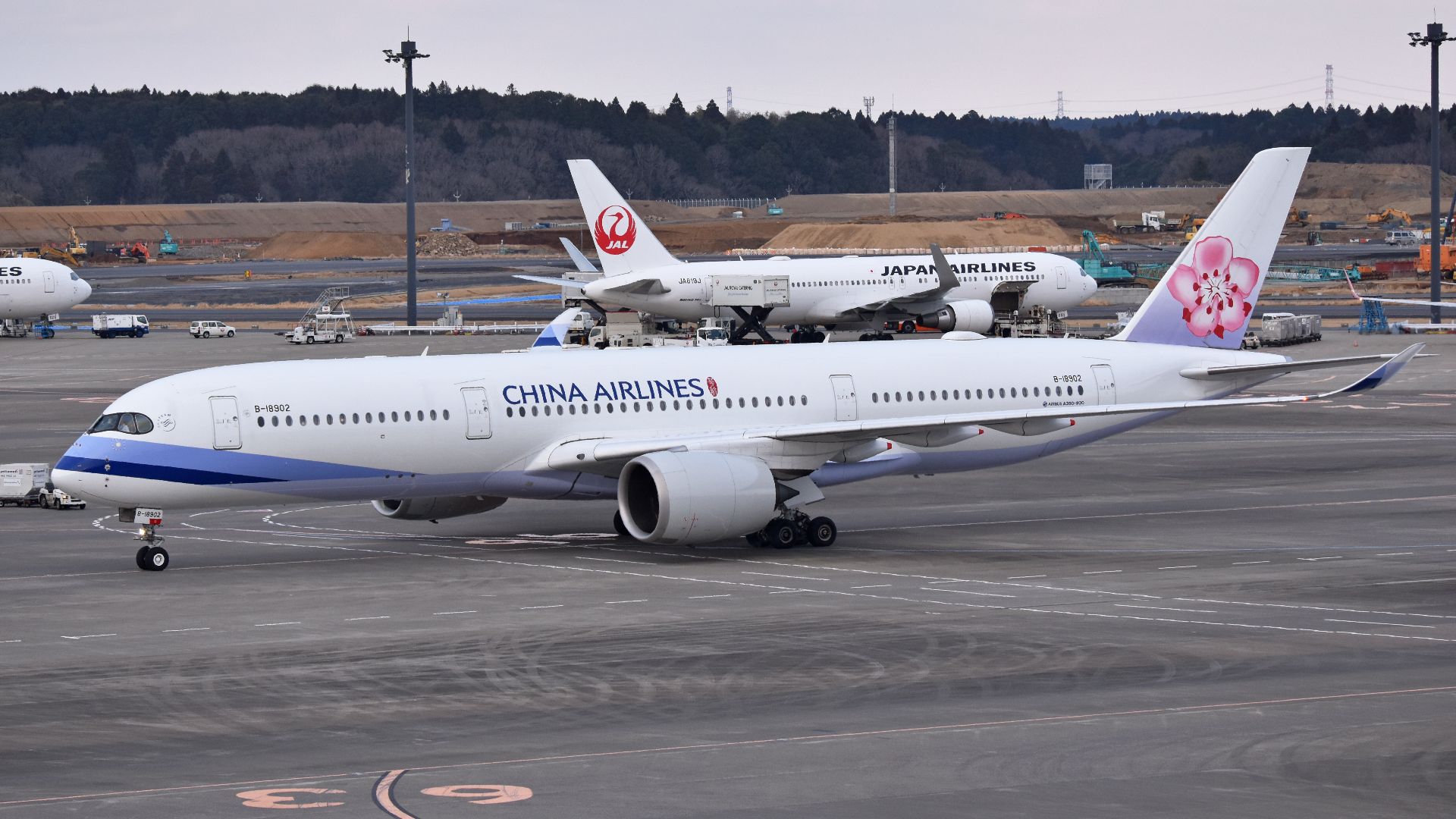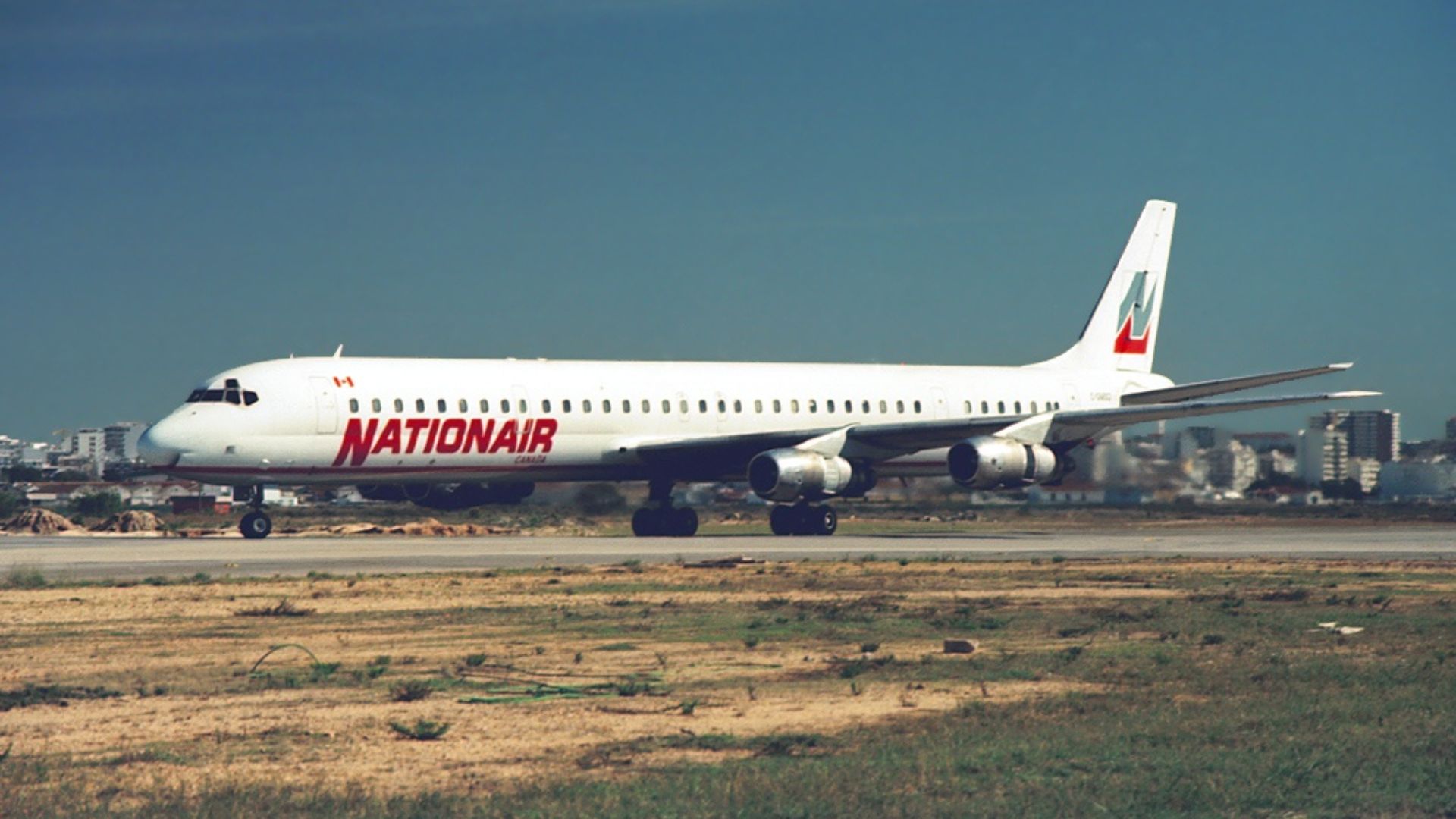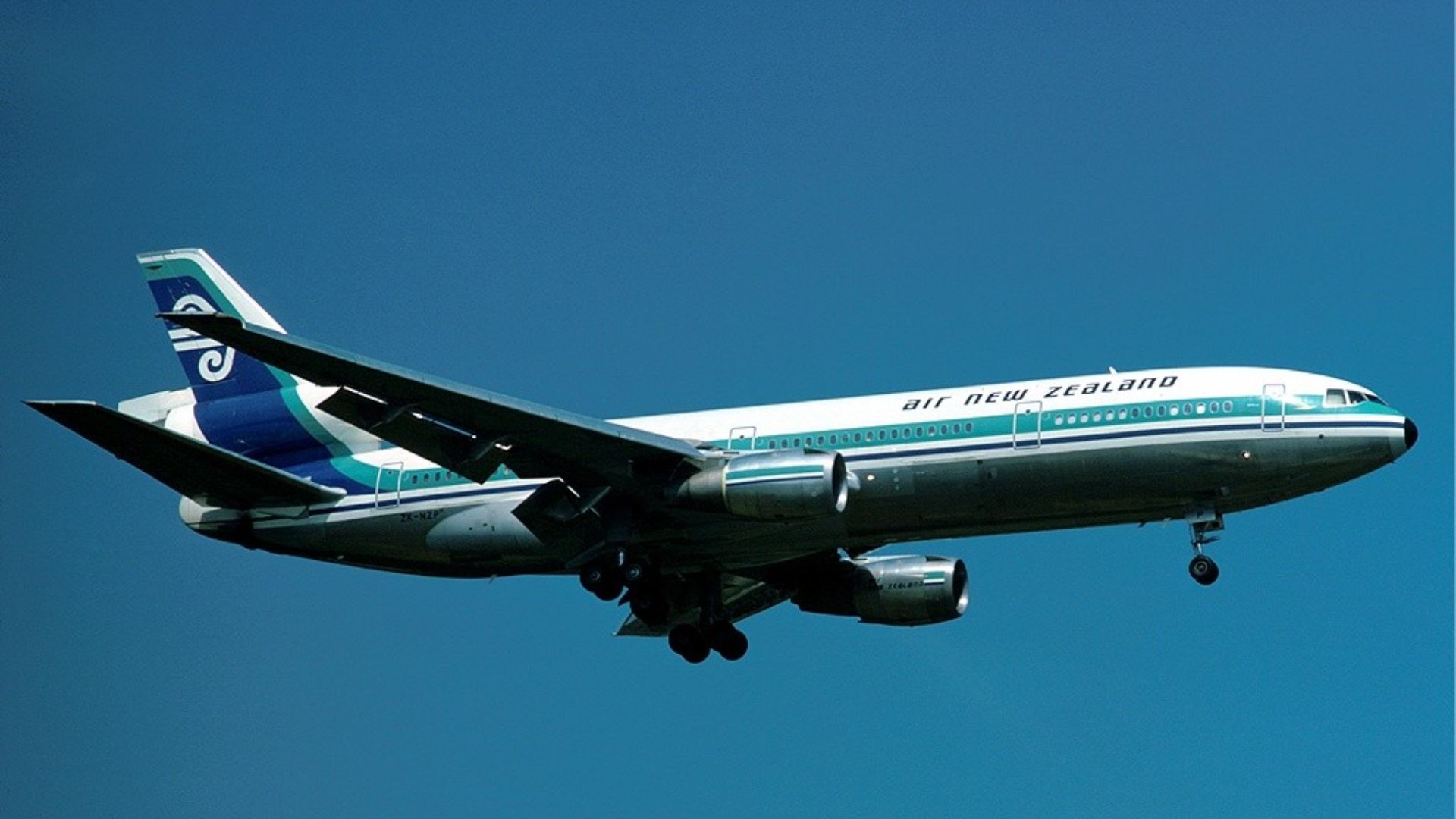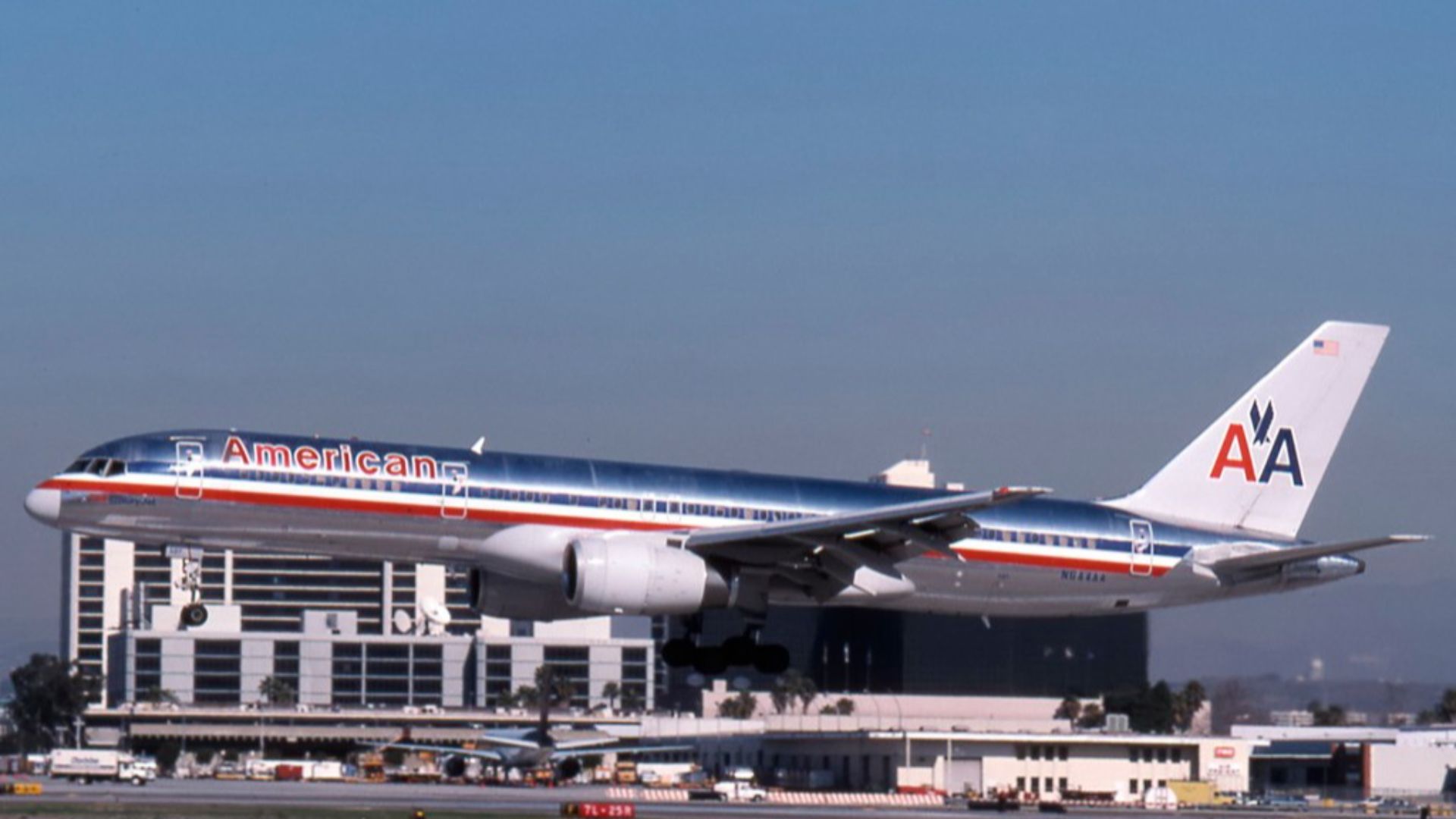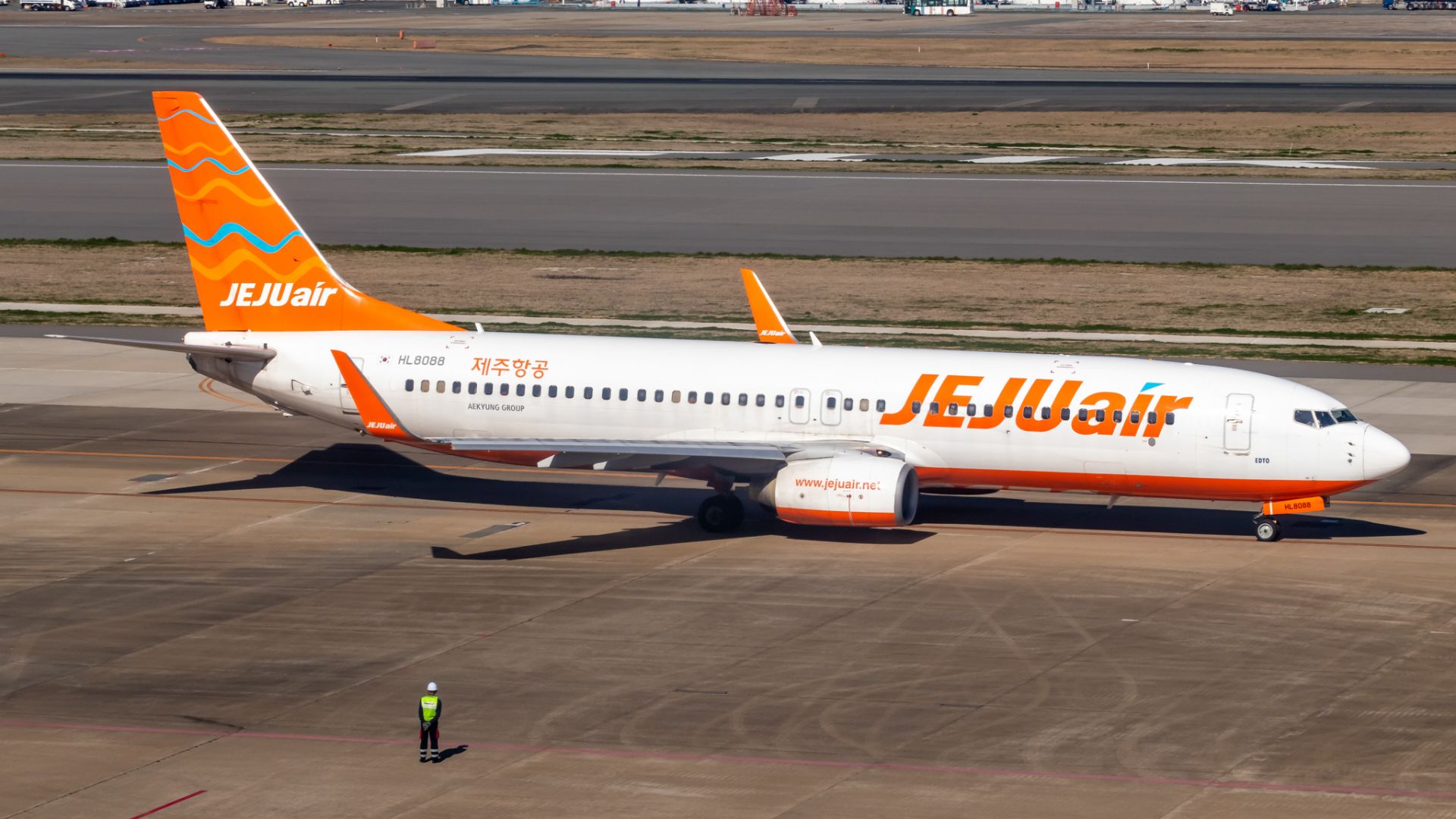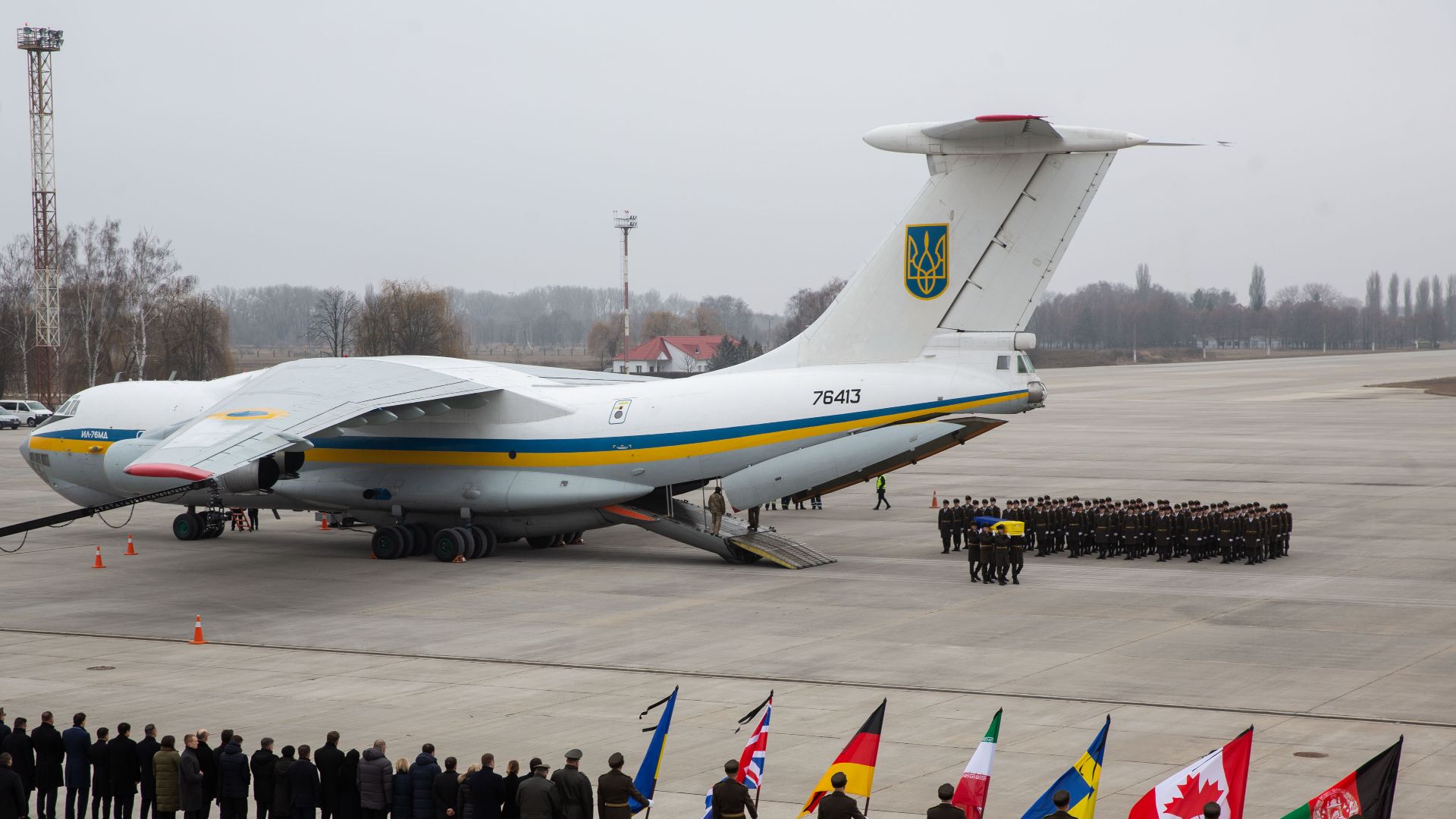Heartbreaking Aviation Disasters that Forever Changed the World
While air travel remains one of the safest transportation methods, devastating horrors have occurred in the skies, whether due to pilot error or something completely beyond the crew's control. Though each investigation has helped to make flying safer, we can never forget the lives of all those lost. Here are 20 of the most tragic aviation accidents in history.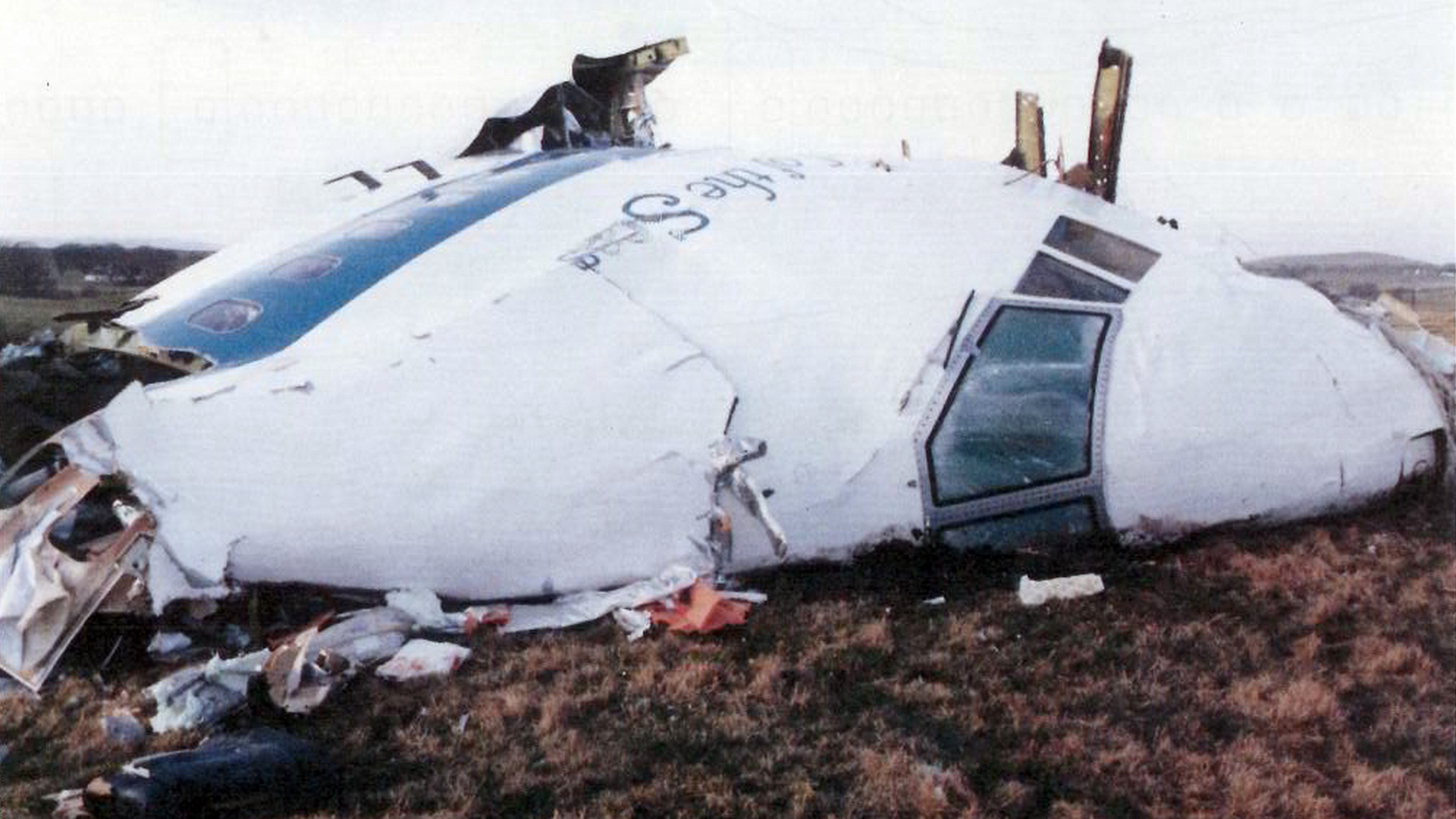 Air Accident Investigation Branch on Wikimedia
Air Accident Investigation Branch on Wikimedia
1. Tenerife Airport Disaster
On March 27, 1977, two Boeing 747 passenger jets were on the runway of Los Rodeos Airport in Tenerife, Spain. KLM Flight 4805, carrying 248 people, was speeding down the runway for takeoff in thick, dense fog—not realizing that Pan Am Flight 1736, carrying 396 people, was on the same runway. The KLM plane crashed into the right side of the Pam Am jet, leading to the tragic death of 583 people. To this day, it's considered the deadliest accident in aviation history.
2. Japan Airlines Flight 123
It's a short-hour flight between Tokyo and Osaka, a route Japan Airlines frequents. But on the evening of August 12, 1985, the aircraft suddenly suffered a structural failure, causing rapid decompression (loss of cabin pressure and breathable oxygen) and damage to all hydraulic lines, and the plane became uncontrollable. Even with the cockpit crew's outstanding performance trying to keep it steady, the jet crashed into Mount Takamagahara just 40 minutes after takeoff. Only four survivors remained after the horrible accident, and a total of 520 lives were claimed.
3. 1996 Charkhi Dadri Mid-air Collision
The Charkhi Dadri mid-air collision happened on November 12, 1996, when a Boeing 747—Saudia Flight 763, carrying 312 people—flew into Kazakhstan Airlines Flight 1907, an Ilyushin Il-76TD jet carrying 37 people. The accident led to the deaths of everyone on board both planes, and it remains the deadliest aviation accident in Indian history.
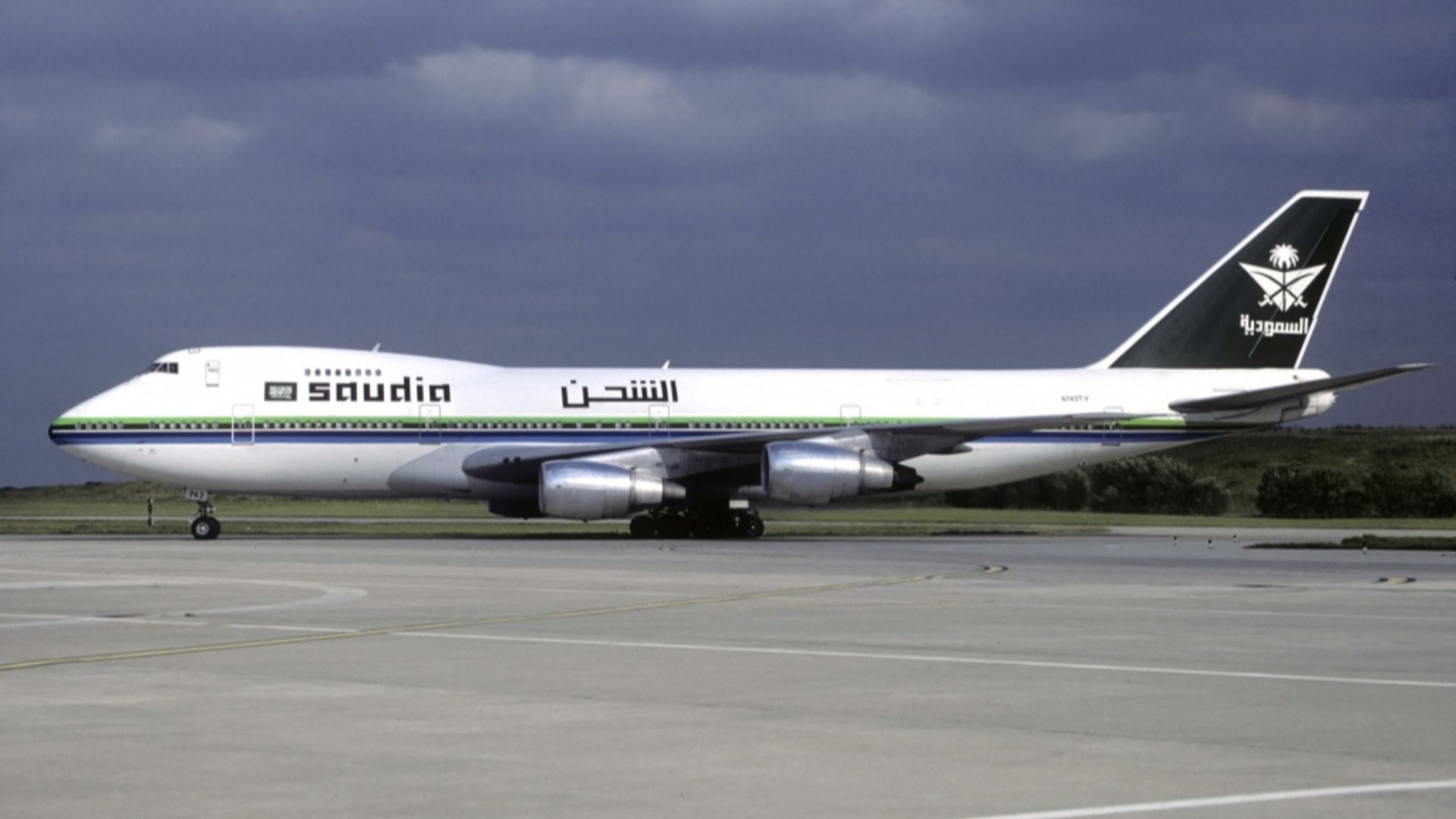 Christian Volpati on Wikimedia
Christian Volpati on Wikimedia
4. Turkish Airlines Flight 981
Known also as the Ermenonville air disaster, Turkish Airlines Flight 981 was a regular scheduled flight between Istanbul and London, with a layover in Paris. On March 3, 1974, however, an incorrectly closed cargo door caused an explosive decompression that severed control cables needed to fly the plane. The jet crashed in the Ermenonville forest, claiming the lives of all 346 people on board.
5. American Airlines Flight 191
American Airlines Flight 191 is known as the deadliest aviation accident in US history. In the afternoon of May 25, 1979, it initiated takeoff and sped down the runway at O'Hare International Airport, when one of its engines tore from the left wing and flipped back, crashing onto the tarmac. Too late to abort takeoff and with the damage having severed critical hydraulic cables, the jet banked sharply to the left and slammed into a nearby trailer park. The crash led to the deaths of all 271 on board, plus two workers on the ground.
6. Pan Am Flight 103
Pan Am Flight 103 was a regularly scheduled flight from Frankfurt to Detroit, with two stops in between in London and New York City. Shortly after 7 p.m. local time on December 21, 1988, as it approximately reached an altitude of 31,000 feet, a timer-activated bomb was denoted, leading to the deaths of all 259 people onboard and 11 on the ground, where the plane crashed into a residential street in Lockerbie. The accident is known as the deadliest terrorist attack in UK history.
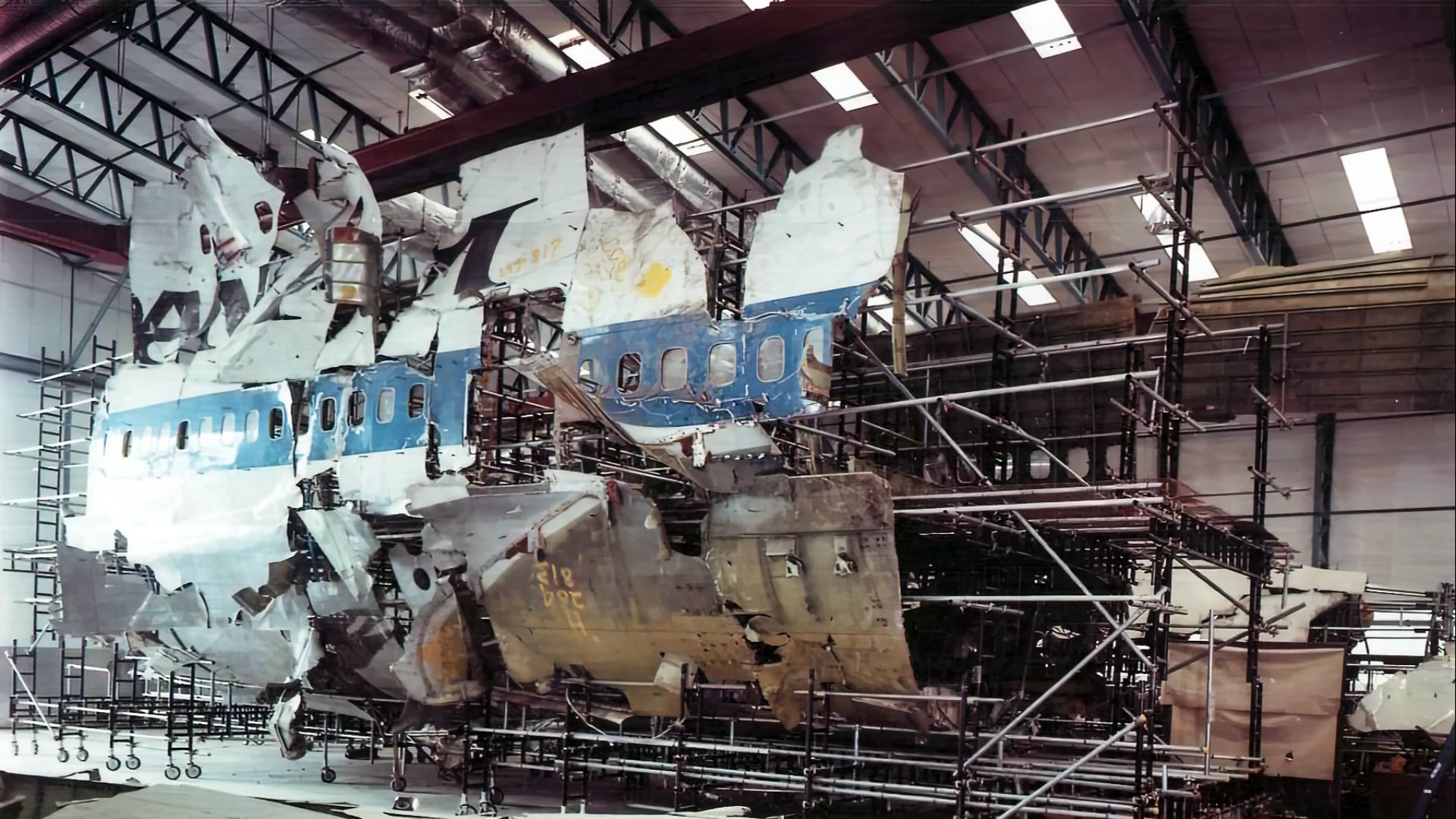 Air Accident Investigation Branch on Wikimedia
Air Accident Investigation Branch on Wikimedia
7. Korean Airlines Flight 007
On September 1, 1983, Korean Airlines Flight 007, which originated from New York City, took off from Anchorage to continue to its final destination of Seoul. It was three hours into the flight when it appeared on Russian radar and was incorrectly identified as a spy US Air Force plane. After several warning shots were ignored—as the pilots of the passenger jet weren't aware—the Soviet Air Force shot down the plane. It crashed into the Sea of Japan, claiming the lives of 269 people on board.
8. American Airlines Flight 587
The crash of American Airlines Flight 587 came just two months after the 9/11 attacks, and many feared that this was also because of terrorists. Instead, it was due to pilot error from the first officer, which caused so much stress on the vertical stabilizer (which keeps the plane flying straight and level) that it separated from the aircraft. The accident led to the deaths of all 260 on board and five people on the ground, where the plane had crashed into a residential neighborhood.
9. China Airlines Flight 140
On April 26, 1994, as China Airlines Flight 140 was getting ready to land at Nagoya Airport, the takeoff/go-around switch was suddenly toggled. The crew initiated a second attempt, not realizing autopilot was still engaged, and went into an aerodynamic stall (when the airplane loses lift), slamming into the ground. The crash killed 264 of the 271 people on board, leaving only seven survivors.
10. Nigeria Airways Flight 2120
On July 11, 1991, Nigeria Airways Flight 2120 caught on fire shortly after takeoff due to improperly inflated tires. Upon attempting to land back at King Abdulaziz International Airport, the aircraft became uncontrollable and crashed, leading to the deaths of all 261 on board. The cause of the accident was later traced to a project manager who, because the flight was behind schedule, brushed off suggestions to change the tires.
11. Air New Zealand Flight 901
Known also as the Mount Erebus disaster, the tragedy occurred on November 28, 1979, when Air New Zealand Flight 901 crashed into Mount Erebus, an active volcano standing at 12,450 ft (3,800 m) high, on Ross Island, Antarctica. A minor switch in coordinates and polar whiteout caused the accident, and all 257 people on board were killed.
12. Malaysia Airlines Flight 370
The disappearance of Malaysia Airlines Flight 370 triggered an ongoing investigation that aviation experts are still trying to solve. On March 8, 2014, shortly before the passenger jet was expected to enter Vietnamese airspace, all communication with the aircraft was cut off. It took years before a distinguishable route could be mapped out, and while details are unclear, the plane is suspected to have crashed over the Indian Ocean. To this day, it's unknown what happened to all 239 lives on board.
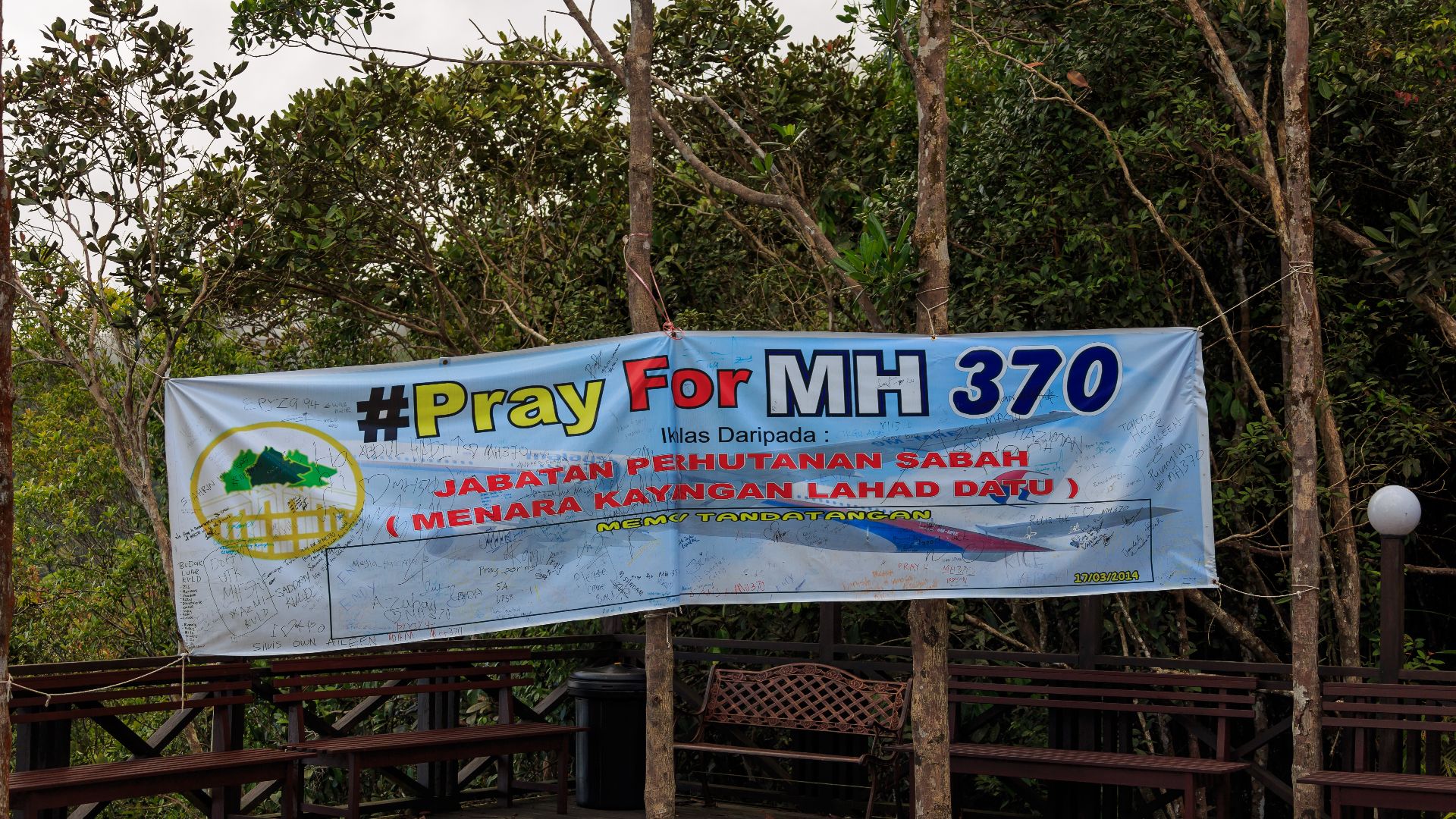 CEphoto, Uwe Aranas on Wikimedia
CEphoto, Uwe Aranas on Wikimedia
13. Trans World Airlines Flight 800
On the evening of July 17, 1996, just 12 minutes after takeoff, Trans World Airlines Flight 800 exploded over the Atlantic Ocean, leading to the deaths of all 230 people aboard the flight. A four-year investigation revealed that the most likely explanation for the accident was that a combustible mixture of fuel and air ignited in the fuel tank, caused by a short circuit.
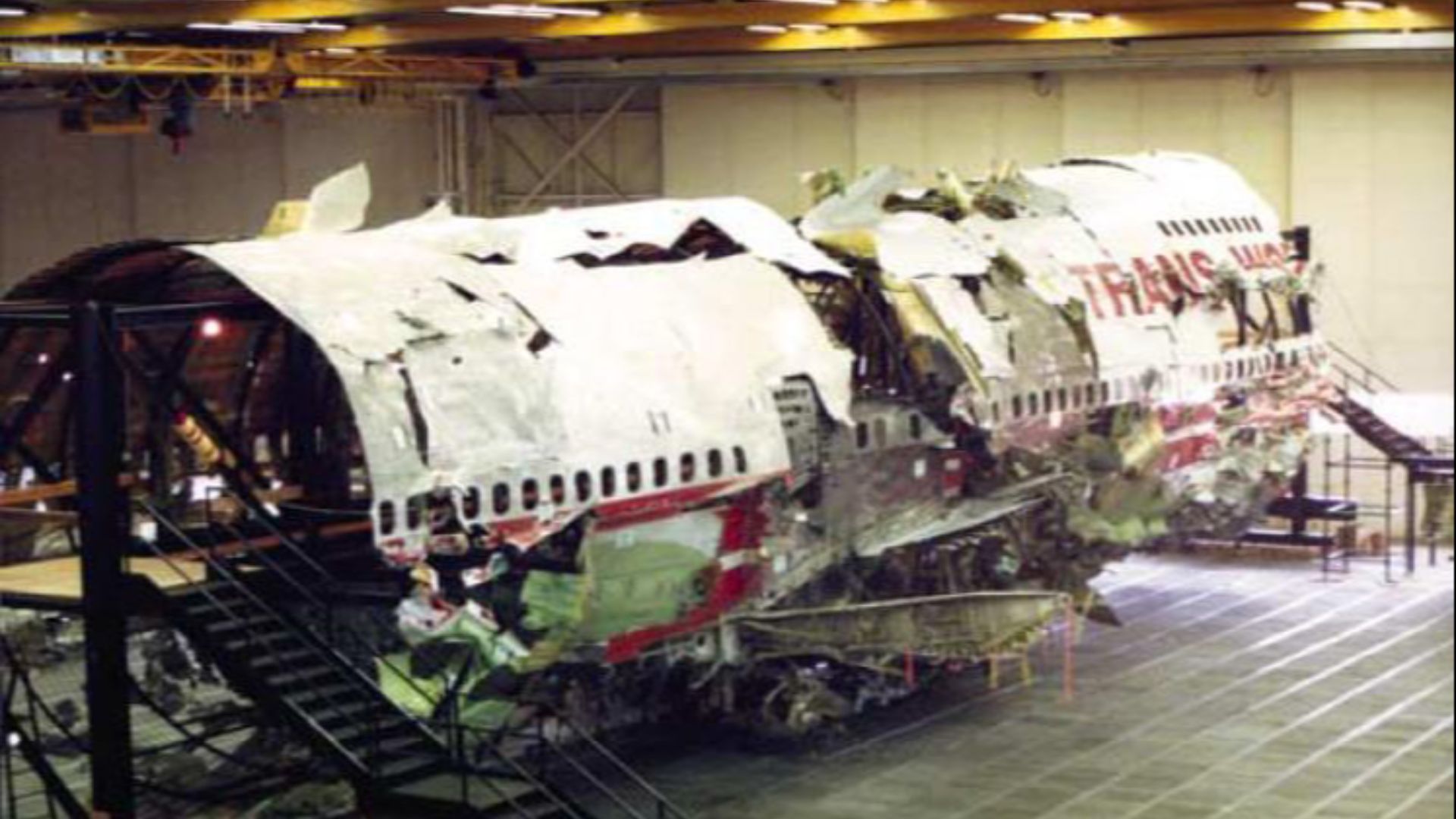 User Skybunny on en.wikipedia on Wikimedia
User Skybunny on en.wikipedia on Wikimedia
14. Swissair Flight 111
Swissair Flight 111 was a regularly scheduled flight between New York City and Geneva. On September 2, 1998, the aircraft, carrying 229 people, crashed just off the coast of Nova Scotia, Canada. It took the Canadian government and the Transportation Safety Board of Canada over four years to uncover the cause of the accident: that faulty cables caused the flammable insulation inside the plane's structure to ignite.
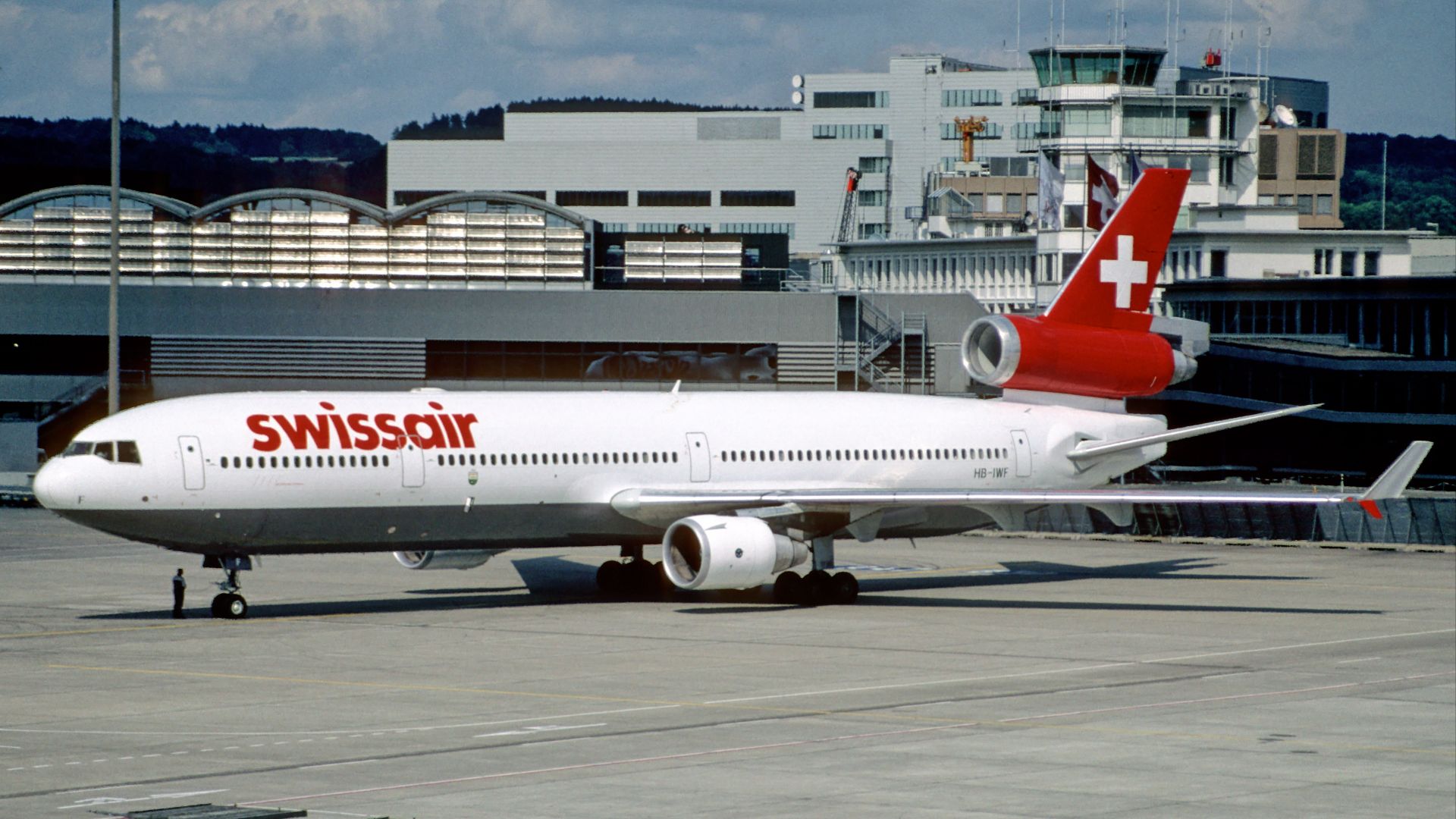 Aero Icarus from Zürich, Switzerland on Wikimedia
Aero Icarus from Zürich, Switzerland on Wikimedia
15. Air France Flight 447
On June 1, 2009, as Air France Flight 447 was flying over the Atlantic Ocean, First Officer Pierre-Cédric Bonin and First Officer David Robert (relief pilot) encountered temporary misleading airspeed measurements due to ice crystals clogging the plane's pitot tubes (speedometers). This caused the autopilot to disengage, and Bonin took manual control—only to bring the aircraft into a stall after improper control. Failing to recover from his mistake, the jet hit the water at a speed of 152 knots (282 km/h; 175 mph), killing all 228 people on board.
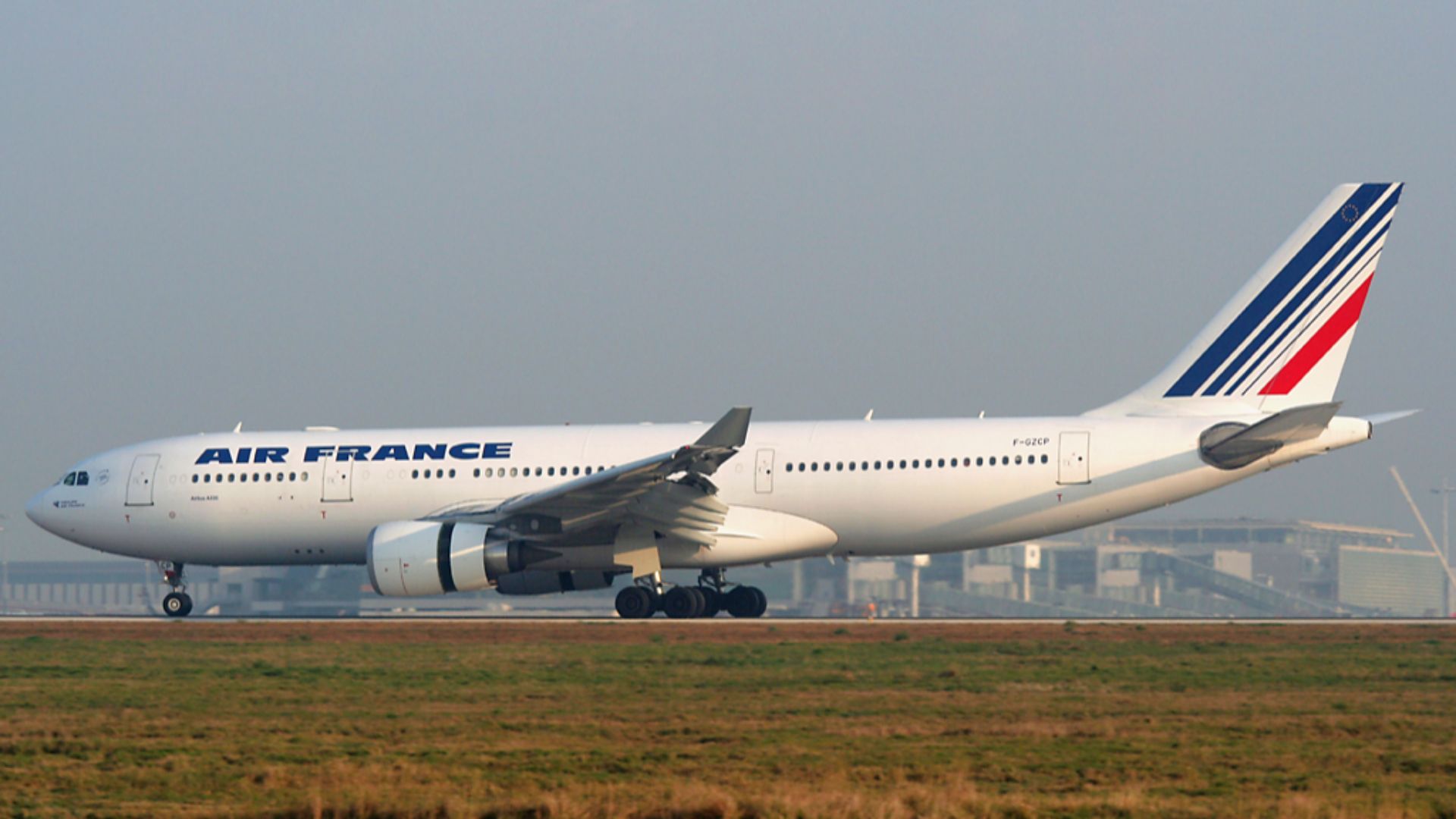 Pawel Kierzkowski on Wikimedia
Pawel Kierzkowski on Wikimedia
16. EgyptAir Flight 990
EgyptAir Flight 990, carrying 217 souls on board, crashed into the Atlantic Ocean just south of Nantucket, Massachusetts, on the morning of October 31, 1999. It became the deadliest aviation disaster in EgyptAir history, and investigation concluded that the tragedy resulted from an intentional act carried out by relief first officer, Gameel Al-Batouti. During its plunge toward the ocean, the jet approached the speed of sound, but it wasn't until the second descent that the plane lost an engine and hit the waters. There were no survivors.
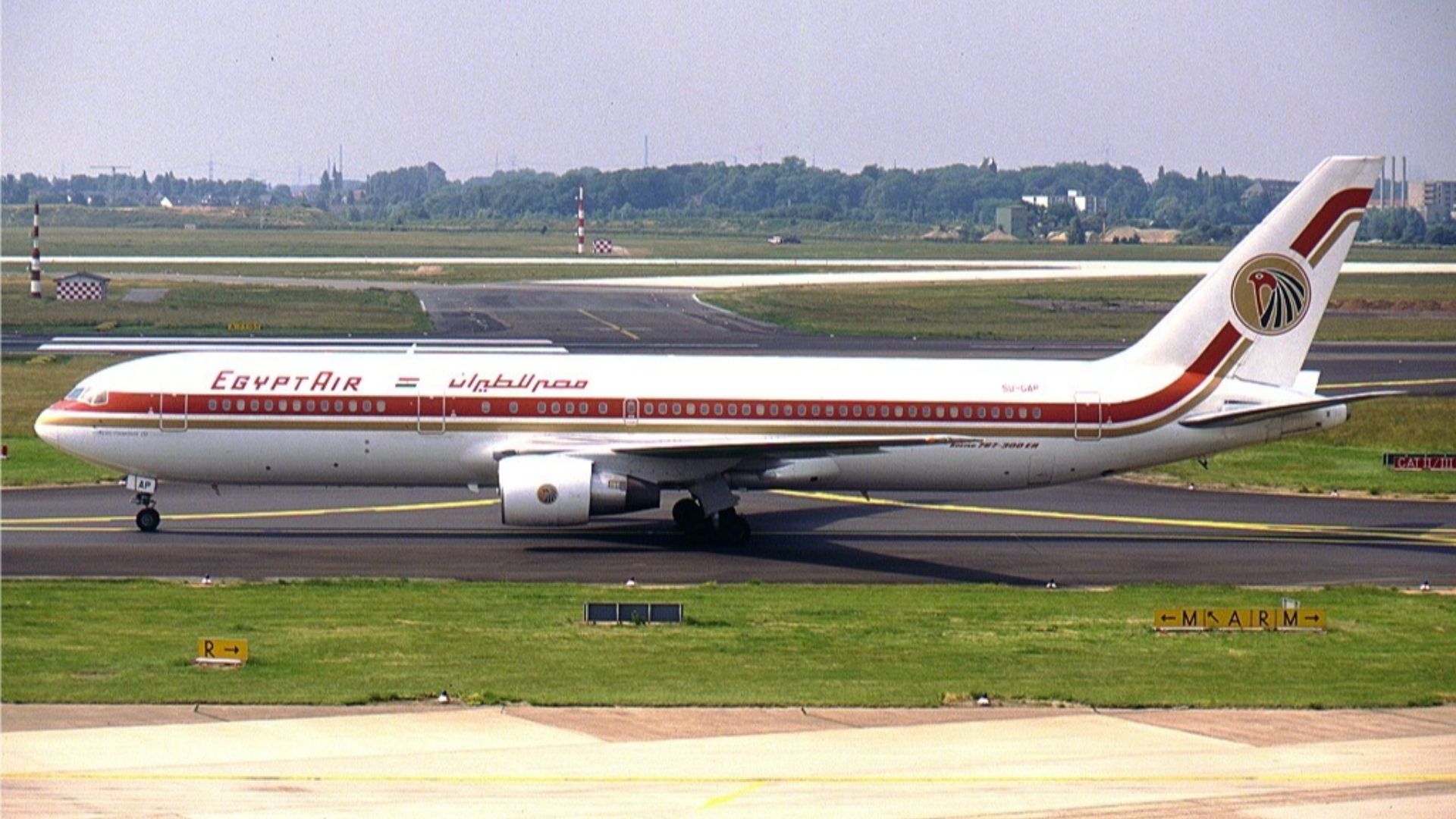 Konstantin von Wedelstaedt on Wikimedia
Konstantin von Wedelstaedt on Wikimedia
17. Lion Air Flight 610
On October 29, 2018, Lion Air Flight 610, a Boeing 737 MAX 8 carrying 189 people, slammed into the Java Sea just 13 minutes after takeoff. The accident was the first of subsequent similar crashes involving the Boeing 737 MAX, leading to it being grounded worldwide from March 2019 to December 2020. A new design element on the aircraft—introduced with no formal training or detailed manual instructions—confused the pilots flying, leading to the fatal disaster and the loss of all lives on board.
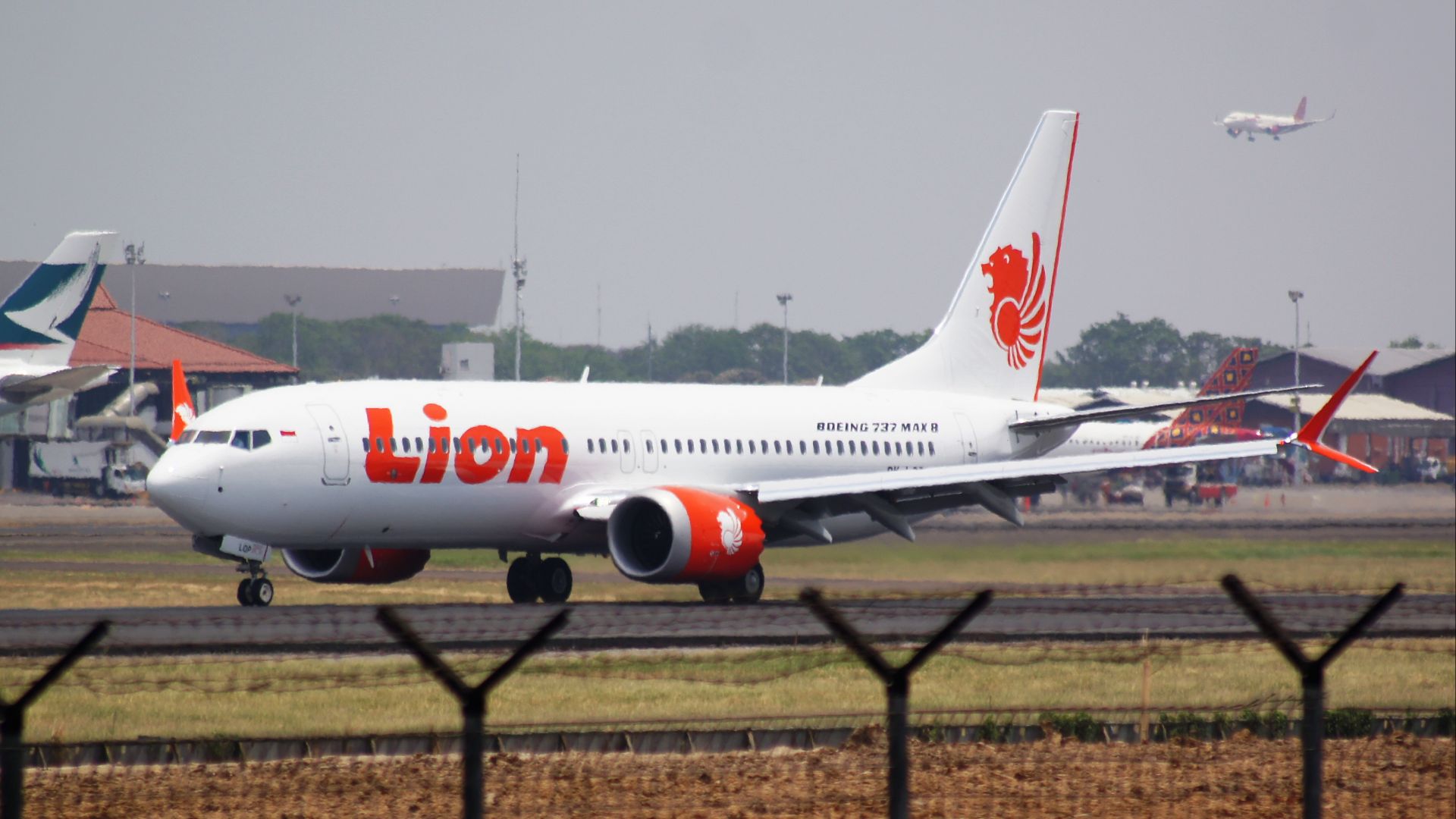 PK-REN from Jakarta, Indonesia on Wikimedia
PK-REN from Jakarta, Indonesia on Wikimedia
18. American Airlines Flight 77
American Airlines Flight 77 was one of the hijacked jets that terrorists deliberated crashed during 9/11. The incident happened just 31 minutes after takeoff, when five attackers invaded the cockpit and Hani Hanjour, the leader, took control of the plane and flew it into the west side of the Pentagon. The lives of all 64 souls on board and 125 in the building were tragically claimed.
19. Jeju Air Flight 2216
On December 29, 2024, Jeju Air Flight 2216 was approaching Muan International Airport when the cockpit crew were warned of a potential bird strike. Shortly after the alert, the pilots issued an emergency mayday call and attempted a go-around, before landing on the runway belly-first without the landing gear deployed. The jet overran the runway and collided with an embankment. The accident claimed the lives of 179 people, with only two survivors. It's the deadliest aviation disaster on South Korean soil.
20. Ukraine International Airlines Flight 752
On January 8, 2020, Ukraine International Airlines Flight 752 was shot down Islamic Revolutionary Guard Corps (IRGC) shortly after takeoff, due to tensions between Iran and the US. The Government of Iran admitted just three days later on January 11 that the IRGC had misidentified the passenger jet as an American missile. Though the crew tried to continue flying the stricken plane after the first missile, all 176 souls on board were tragically killed.


